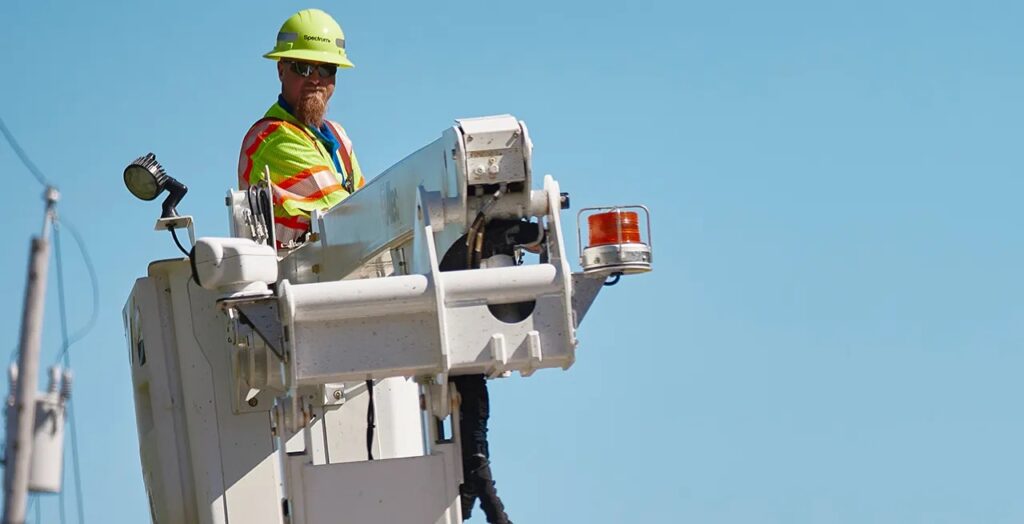NCTA introduces its newest series, three questions with an expert. Check back periodically for interviews on different topics with various professionals within the cable industry.
Topic: What’s New in the Wi-Fi Space
Expert: Danielle Piñeres, NCTA Associate General Counsel
NCTA’s Danielle Piñeres, whose work is grounded in spectrum policy, gives a top-level view of the state of Wi-Fi technology, how far it’s come, where it might be headed and what it means for internet users.
What is different about Wi-Fi networks today versus 10 years ago?
The way that people use the Internet has changed and Wi-Fi networks have had to adapt. Ten years ago, you probably checked your email and your Facebook. Maybe you uploaded a few photos for storage or exchanged instant messages with your friends. Today, Internet usage is all about video, including high-quality video streaming that requires a lot of bandwidth. Cisco’s stats tell us that video traffic was 75 percent of Internet traffic in 2016 and will be 79 percent of all Internet traffic in 2021.
Today’s Wi-Fi is capable of using channels eight times as large as the channels used by older generations of the technology. These wider channels are much better suited to high-bandwidth applications like streaming video, videoconferencing, and virtual private networking. Your Wi-Fi is much faster, too. Speeds in 2000 hovered at less than 11 Mbps, while today’s Wi-Fi is capable of Gbps, if sufficient spectrum is available to support the widest channels.
Wi-Fi today also has more frequency bands at its disposal, which has made those wide-bandwidth channels possible. When Wi-Fi was first introduced, it only operated in the 2.4 GHz frequency band. Today, it operates at both 2.4 GHz and 5 GHz. Every time the FCC designates another band for unlicensed use that can be used by Wi-Fi, it enables innovations and improves the end-user experience.
What is the most exciting development happening right now with Wi-Fi?
The next global Wi-Fi standard, called IEEE 802.11ax, is currently under development. This new standard will improve the end-user’s Wi-Fi experience in a few different ways. First, it’s going to be better at handling congestion. Everyone has experienced the effects of a congested Wi-Fi network in places where a lot of people all try to access the network at once, like airports, stadiums, and conference centers. Borrowing some tricks from the way LTE networks function, 802.11ax Wi-Fi will do a better job scheduling traffic—efficiently getting devices on the network and transmitting and quickly back off again. The ax standard will also allow more data to be squeezed into each packet. Of course, these technological developments will only go so far—as the work horse 5 GHz spectrum becomes increasingly congested, the FCC will need to make additional Wi-Fi spectrum available to support growing demand.
Equally as exciting—802.11ax will improve the battery life of your device. It uses a new technique where your router or “access point” tells your smartphone or tablet when to take a little snooze and when to wake up again. All these really short “naps” that your device takes means it uses less battery.
What’s coming next for Wi-Fi and unlicensed technologies? What should internet users expect to be able to do with Wi-Fi in the near future?
Unlicensed technologies like Wi-Fi will continue to improve the Internet access experience for end users while also enabling new innovations. In addition to 802.11ax, discussed above, WiGig technology, which operates in very high frequency spectrum, has the potential to bring multigigabit wireless speeds to your home router, enabling wireless augmented and virtual reality, wireless docking, and instantaneous wireless backups and file transfers. In lower frequency spectrum, unlicensed internet of things applications, including LoRa, will enable low cost, widespread machine-to-machine communications that will generate big new sources of data to improve quality of life. LoRa offers benefits for Smart Cities applications, asset tracking in the industrial and automotive spaces, and for healthcare services like patient monitoring and lab services tracking. In other words, there will continue to be innovations in the unlicensed/Wi-Fi space that will continue to improve the internet access experience, but also reshape the way companies do business across many sectors.








